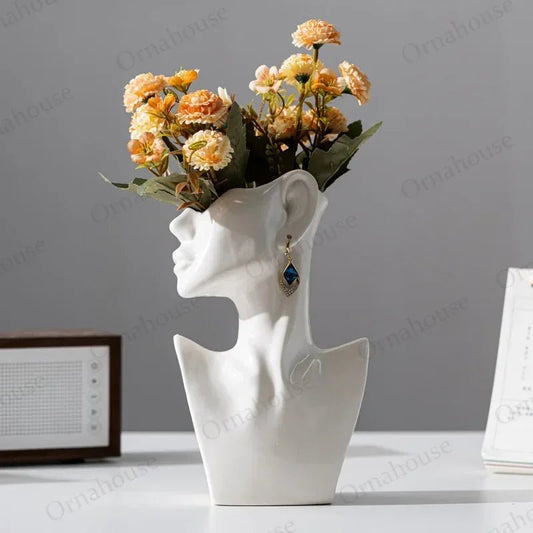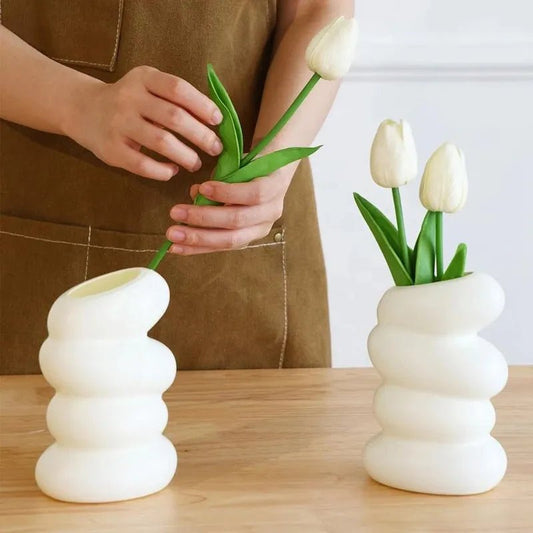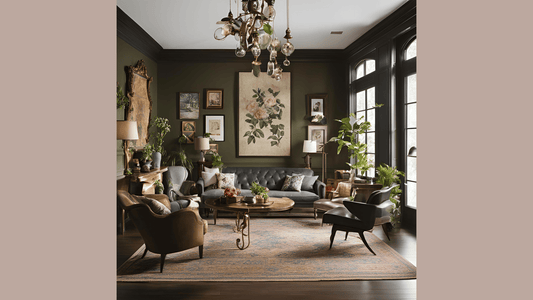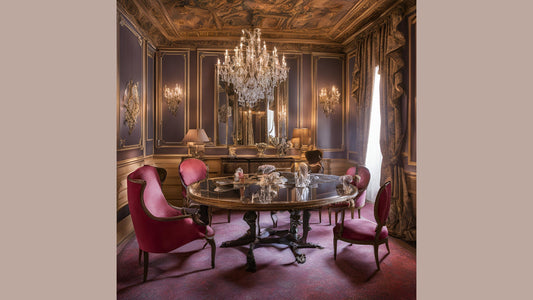Living in a small space doesn’t mean you have to compromise on style or functionality. Minimalist decor is perfect for maximizing small spaces, creating a sense of openness, and adding a touch of elegance. If you’re looking to transform your compact area with a minimalist approach, here are some essential ideas to help you achieve a stylish and functional environment.
Defining Minimalism: What It Means for Small Spaces
Minimalism is more than just a design trend—it’s a lifestyle choice that emphasizes simplicity, functionality, and decluttering. In small spaces, minimalist decor focuses on making the most of every square foot while maintaining a clean and organized look. The core principles of minimalism involve reducing excess, choosing quality over quantity, and creating a harmonious balance between form and function. By adhering to these principles, you can turn your small space into a serene and efficient haven.
Light and Neutral Color Schemes: Best Choices for Small Rooms
One of the easiest ways to create a sense of spaciousness in a small room is by using light and neutral color schemes. Colors like white, beige, light gray, and soft pastels reflect natural light and make a room feel larger and more open. These hues also create a calm and cohesive backdrop that complements minimalist decor. To add depth and interest, you can incorporate varying shades of the same color or use accent pieces in slightly darker tones. The key is to keep the palette simple and cohesive to enhance the feeling of space.
Multi-Functional Furniture: Maximizing Utility in Compact Areas
In a small space, every piece of furniture should serve multiple purposes to maximize utility and save space. Look for multi-functional furniture like sofa beds, extendable dining tables, and storage ottomans. These pieces offer flexibility and help you make the most of your compact area. For example, a coffee table with hidden storage can keep your living area clutter-free, while a bed with built-in drawers provides extra storage for linens and other essentials. By choosing versatile furniture, you can create a functional and stylish space without overcrowding it.
Clever Storage Solutions: Making the Most of Your Space
Effective storage solutions are crucial in small spaces to keep your home organized and clutter-free. Utilize vertical space by installing shelves and cabinets that reach up to the ceiling. This approach not only maximizes storage but also draws the eye upward, creating the illusion of higher ceilings. Additionally, consider using under-bed storage bins, hanging organizers, and built-in closet systems to keep items neatly stored and easily accessible. Incorporating smart storage solutions will help you maintain a minimalist aesthetic while ensuring that everything has its place.

Decluttering Strategies: Keeping Your Space Open and Airy
Decluttering is an essential part of minimalist decor, especially in small spaces. Begin by assessing your belongings and removing items that you no longer need or use. Adopting a “one in, one out” rule can help you manage the flow of new items and prevent clutter from accumulating. Invest in stylish storage solutions like baskets and bins to keep everyday items organized and out of sight. Regularly reassessing your belongings and keeping only what truly adds value to your life will help you maintain an open and airy environment.
Lighting Tips: Brightening Small Spaces with Minimalism
Lighting plays a significant role in enhancing the ambiance of a small space. Opt for simple and elegant lighting fixtures that complement your minimalist decor. Recessed lighting, pendant lights, and floor lamps with clean lines are excellent choices for maintaining a minimalist look while providing adequate illumination. Additionally, maximize natural light by keeping window treatments light and airy. Sheer curtains or blinds that can be easily adjusted allow sunlight to filter through, making your space feel brighter and more open.
Simple Textiles: Choosing Fabrics That Complement Minimalism
When it comes to textiles in a minimalist decor scheme, less is more. Choose fabrics that are simple, functional, and contribute to the overall aesthetic of your space. Soft, natural materials like cotton, linen, and wool work well in minimalist interiors. Opt for solid colors or subtle patterns that don’t overpower the room. For instance, a cozy throw blanket in a neutral shade or a pair of understated cushions can add texture without disrupting the clean lines of your decor. The goal is to create a comfortable and inviting space without overwhelming it with excessive patterns or textures.
Subtle Decorative Touches: Adding Style Without Overcrowding
Decorative accents are an important part of creating a personalized minimalist space, but they should be chosen carefully to avoid overcrowding. Select a few key pieces that reflect your style and add character to your room. Think of items like a sleek vase, a minimalistic artwork, or a sculptural lamp. Arrange these accents thoughtfully to create focal points without cluttering the space. Remember, in minimalism, less is often more, so focus on quality and meaningful decor rather than quantity.
Greenery in Minimalism: Incorporating Plants in Small Spaces
Plants are a great way to bring life and vibrancy to a minimalist space without overwhelming it. Choose low-maintenance plants like succulents, snake plants, or pothos that thrive in small spaces and require minimal care. Use simple planters in neutral colors or materials like ceramic or concrete to complement your minimalist decor. Placing a few strategically chosen plants on shelves, windowsills, or hanging from the ceiling can add a touch of nature and freshness to your home while maintaining a clean and organized look.
Using Mirrors: Expanding Visual Space with Reflective Elements
Mirrors are a powerful tool for creating the illusion of more space in a small room. They reflect light and give the impression of a larger, brighter area. Choose mirrors with simple frames or frameless designs to stay within the minimalist theme. Position mirrors strategically to reflect natural light or view beautiful aspects of your decor. For example, placing a large mirror on one wall can make a room feel more expansive and visually open up the space.
By incorporating these minimalist decor ideas into your small space, you can create a stylish, functional, and serene environment that maximizes every square foot. Embrace the principles of minimalism, choose versatile furniture and storage solutions, and carefully select decor elements to achieve a cohesive and inviting home. With a thoughtful approach, you can turn your compact area into a beautifully organized and visually appealing haven.
















